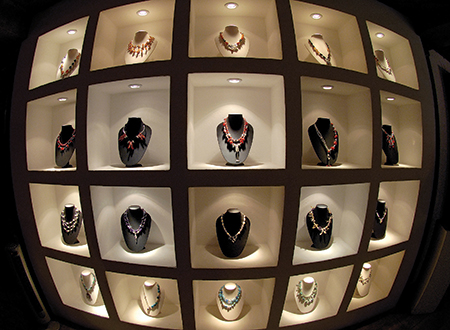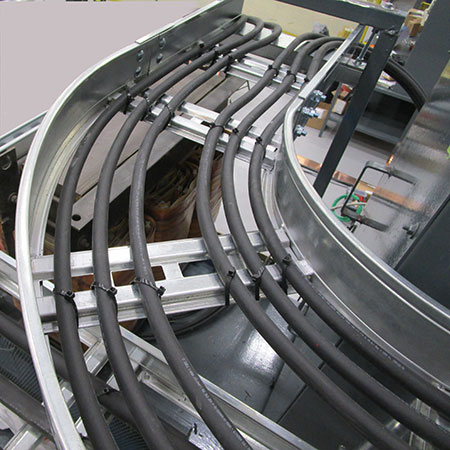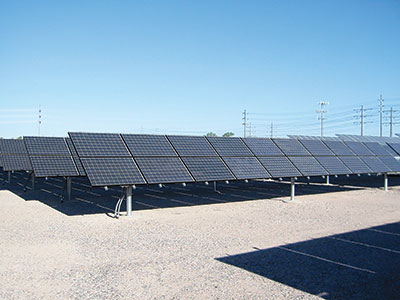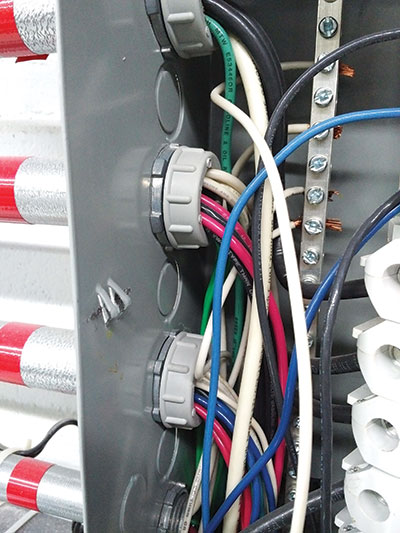I have seen many display cases and commercial displays in retail stores made by millwork shops that incorporate lights and outlets, concealed power strips and power supplies, have multiple large flat screen displays, and a mixed bag of LED tape lights and drivers that are not Listed. Does UL list these types of display products as entire assemblies?
IAEI members are actively involved in the development of both the National Electrical Code (NEC) and the Canadian Electrical Code (CE Code). In fact, this involvement has been part of the mission of IAEI since its inception in 1928.
In June 2016, CE Code Technical Committee voted on and agreed to the following definition changes in Section 0.
Respective AHJs who administer provisions of the NBCC, C282, Z32 and the CE Code in this regard must be consulted accordingly.
This article will cover some of the behind-the-scenes activities that occur along with the more formal process of developing the Code and the UL standards for PV systems.
Over the next series of articles, I will provide a guide to help users find their way through the Canadian Electrical Code (CE Code).
To play this game, you need a sharp eye, a quick mind and a 2014 National Electrical Code book. (Fill-in-the-blank questions are looking for the exact word(s) used in the NEC.)
Sunlight is our most valuable resource and, when properly used, it can provide all of the energy the world needs for future generations. The PV module through the photovoltaic effect is the device that allows us to convert sunlight directly into electricity and that solar-generated electricity has some unique characteristics.
Why did the Table 6 change result in fewer conductors in a raceway? The quick answer is that Table 6 in the 2012 CE Code was not accurate for all types of raceways.
Recessed luminaires certified/Listed by UL to ASTM E283 are marked with the enhanced UL Certification Mark for safety and performance as shown in the example mark.





